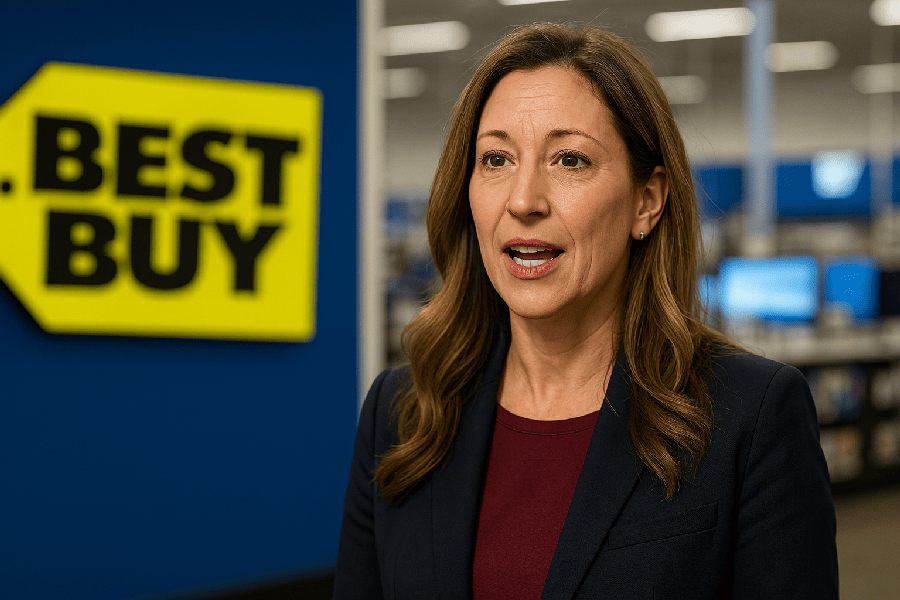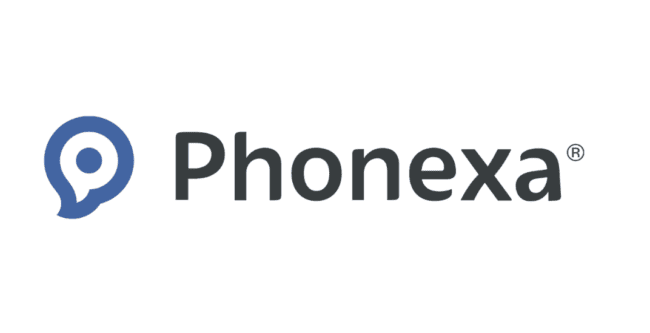Best Buy Takes Bold Step into Influencer Marketing Arena, Challenging Retail Giants

In a strategic move to capture a slice of the $32 billion creator economy, Best Buy is launching an influencer program that will allow popular internet personalities to curate branded digital storefronts on the electronics retailer’s website. This initiative, announced by CEO Corie Barry in early March, follows the successful model pioneered by retail powerhouses Amazon and Walmart.
“We’re entering an arena where consumer loyalty is increasingly fluid,” says retail analyst Maya Henderson. “Best Buy recognizes that shoppers now follow personalities as much as they follow brands, and they’re making a smart play to tap into these established audience relationships.”
The timing is particularly significant as Best Buy prepares for the summer launch of its new digital marketplace platform, powered by Mirakl, which will integrate third-party sellers into the retailer’s ecosystem. This two-pronged approach signals Best Buy’s determination to evolve beyond its traditional electronics retail model.
“This isn’t just about adding a new sales channel,” notes e-commerce consultant James Wright. “It’s about Best Buy transforming itself into a platform business that can compete with the reach of Amazon and Walmart in an increasingly digital retail landscape.”
The Influencer Economy Reality Check
While the move appears promising, recent PYMNTS Intelligence research suggests a more nuanced picture of influencer marketing effectiveness. Their report “Generational Pulse: Just How Influential Are Influencers?” reveals that although many consumers make occasional purchases based on influencer recommendations, only one in eight rely on influencers for regular buying decisions.
Moreover, 95% of consumers conduct additional research beyond influencer opinions before making purchases. This suggests that while influencer storefronts may drive traffic to Best Buy, conversion will still depend on competitive pricing, product availability, and service quality.
Challenges Ahead
Best Buy faces significant headwinds as it launches these initiatives. The company has already projected that the ongoing trade war could reduce comparable sales by one percentage point. Additionally, the retailer will need to compete with the logistical advantages of its rivals—Walmart’s extensive physical footprint (with locations within 10 miles of 90% of Americans) and Amazon’s unparalleled e-commerce infrastructure.
What This Means for Influencers
For content creators and influencers, Best Buy’s program represents a new opportunity to monetize their audiences, particularly in the tech and electronics niche. The platform could provide a more specialized alternative to the broader marketplaces of Amazon and Walmart, potentially offering better commission structures or promotional support for tech-focused creators.
“Best Buy has the potential to create a more curated experience than what’s currently available on other platforms,” says digital marketing strategist Rishi Lakhani. “Influencers who specialize in tech reviews and recommendations could find this a more natural fit for their content.”
As Best Buy navigates this transition, the success of its influencer program will likely depend on how well it balances the needs of multiple stakeholders—consumers seeking deals, influencers wanting profitable partnerships, and third-party sellers requiring visibility—all while maintaining its brand identity in an increasingly competitive retail environment.






